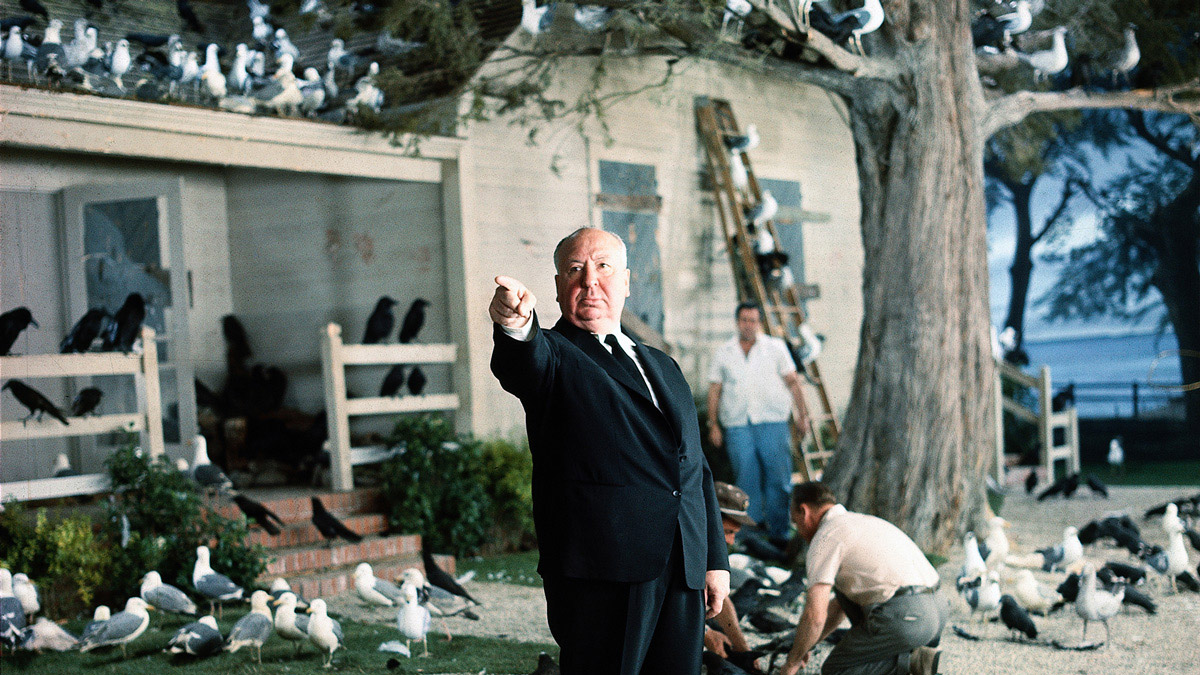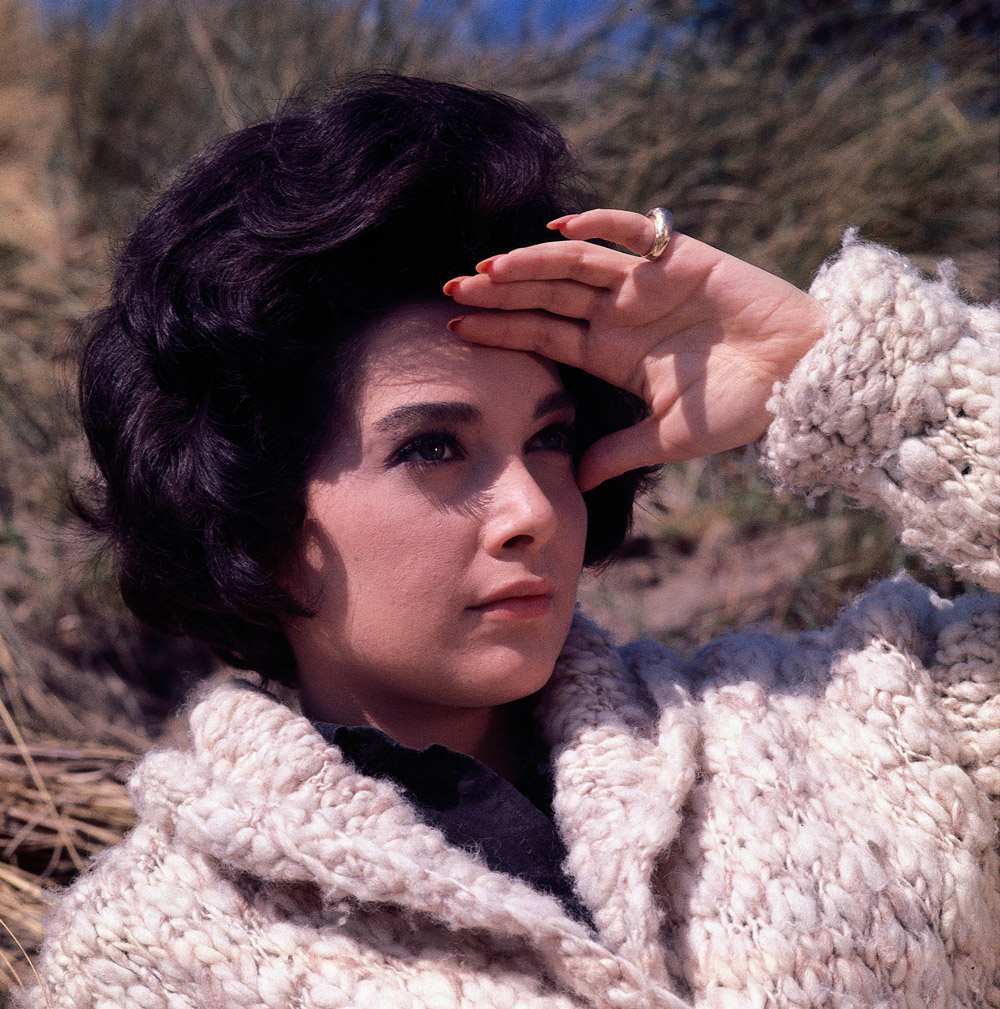
(C) 1963 Alfred J. Hitchcock Productions, Inc. All Rights Reserved.
3 reasons why Hitchcock's "The Birds" shines in film history *Spoiler alert
2019.07.04
No music! ? Amazing sound effects produced by electronic musical instruments
The third key point I would like to mention is the production of sound. In fact, so-called "film music" does not appear at all in this work from beginning to end. Instead, they used ``sound effects'' such as chirps, buzzing, and noise produced by the most advanced electronic instruments at the time.
Hitchcock knew that an electronic musical instrument called the Trautonium was being developed in Germany. It is a piece of equipment that can take in sounds, create new sounds, and also add changes to them, such as adding dynamics or amplifying them. The very ancestor of synthesizers. If this were the case, unprecedented sound production might become possible. With this hope in mind, Hitchcock flies to West Berlin with Bernard Herrmann , a composer known for the vivid music of `` Psycho '' (he also supervised the soundtrack for ``The Birds'').

"The Birds" (C) 1963 Alfred J. Hitchcock Productions, Inc. All Rights Reserved.
When he came face-to-face with electronic instruments, he decided that he could do it, and formed a team with experts such as Oscar Zara and Remi Guzman to create a sound suitable for this work.
Normally, each time Hitchcock finishes editing a film, he watches the film one roll at a time and writes down ideas, saying, ``I want this kind of sound here.'' But this time, he also used electronic music. The sound quality and temperament, as well as the meaning contained in each cry and the sound of wings, such as "Humans, we've cornered you! Get ready!" and "We're on standby, but we'll be ready to Paths of Glory at any moment!" It was specified in detail (*4). As a result, the possibilities for creating acoustic effects that are completely different from methods that use live instrument sounds have expanded to an unprecedented extent.
Spielberg's `` Close Encounters of the Third Kind Encounters of the Third Kind'' (1977) is well known as a work that effectively uses synthesizers, but 14 years earlier, Hitchcock had written a story about a battle with The Birds that also had an unknown language. He succeeded in expressing it with electronic instruments. I wonder how much the audience at the time must have been shaken by the fear of synchronizing the impact from their eyes and ears as they were exposed to this flood of sound and the shock of images.
Nowadays, CG is used in every scene in major movies, and it has become possible to create sound effects in a variety of ways. However, it is difficult to catch up with the greatness of the ``The Birds'' that boldly tried to capture something new and unseen at that time. There's no way I can catch up.
When I watch this movie now, I feel a sense of awe, rather than fear or surprise. And it never gets old, it's always new. Once again, I am in awe of Hitchcock, the god of cinema, for his foresight and incredible creative power.
*4 From “Movie Art” P.308
Reference materials
“ The Birds ” DVD (Juneon Universal) Documentary
“ Standard Film Art Hitchcock/Truffaut ” François Truffaut/Koichi Yamada and Shigehiko Hasumi translation/1990/Shobunsha
Text: USHIZU ATSUNOBU
Born in Nagasaki in 1977. When he was 3 years old, he saw ``Superman II'' with his father and became fascinated with movies. After The Graduate from Meiji University, he worked for a movie broadcasting channel and then became a movie writer. Currently, in addition to writing for Eiga.com, EYESCREAM, Real Sound Movie Club, etc., he also contributes to media press and theater programs.

"The Birds"
Blu-ray: 1,886 yen + tax / DVD: 1,429 yen + tax
Publisher: NBCUniversal Entertainment
(C) 1963 Alfred J. Hitchcock Productions, Inc. All Rights Reserved.
*Information as of July 2019.

